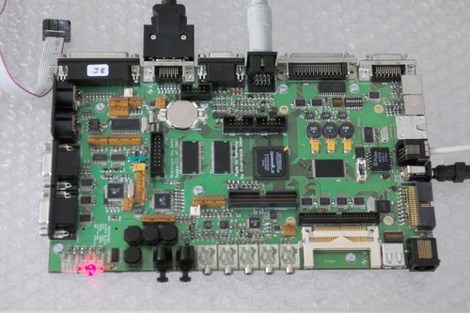Got a special place in your heart for Atari computing? Now you can quench that need using new hardware. The Suska project has achieved complete hardware emulation of the Atari ST using an FPGA. The project’s progress tracker shows implementation of the major chips at 100%. They are running EmuTOS, an Atari emulator, as the operating system because running the original would violate copyright. The chip used is an Altera Cyclone III. You could load up the code on your own hardware but judging from the number of connections needed it might be less of a headache to buy a board from these guys.
[Thanks Erik]

















